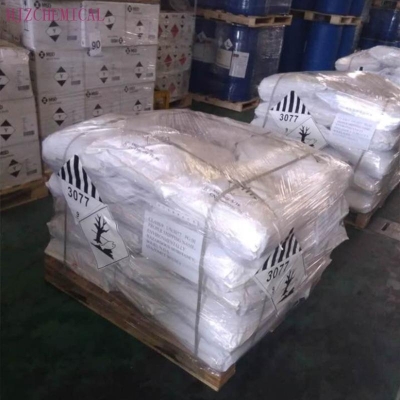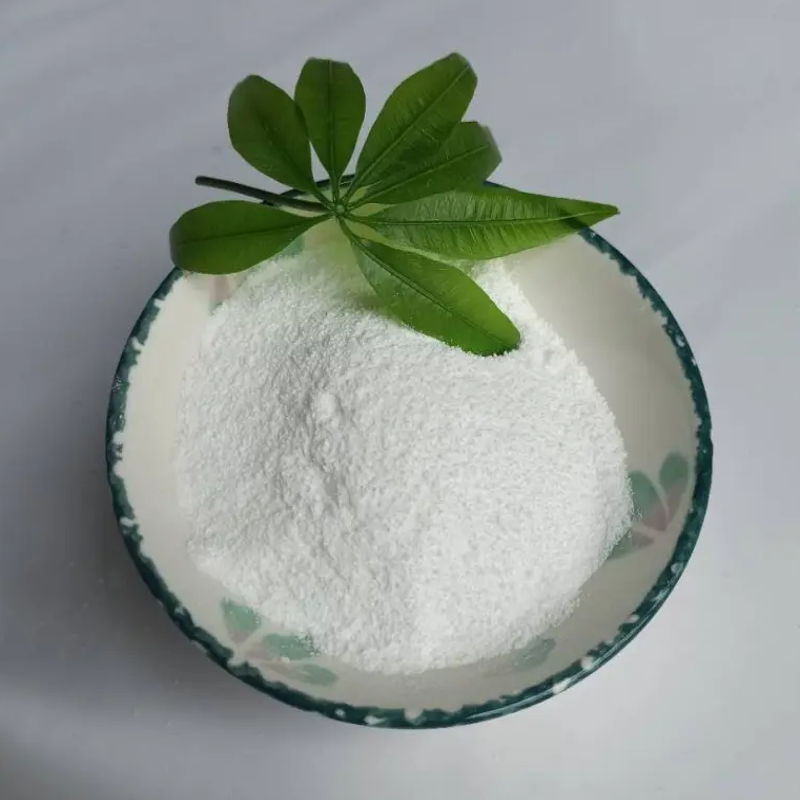-
Categories
-
Pharmaceutical Intermediates
-
Active Pharmaceutical Ingredients
-
Food Additives
- Industrial Coatings
- Agrochemicals
- Dyes and Pigments
- Surfactant
- Flavors and Fragrances
- Chemical Reagents
- Catalyst and Auxiliary
- Natural Products
- Inorganic Chemistry
-
Organic Chemistry
-
Biochemical Engineering
- Analytical Chemistry
- Cosmetic Ingredient
-
Pharmaceutical Intermediates
Promotion
ECHEMI Mall
Wholesale
Weekly Price
Exhibition
News
-
Trade Service
Recently, at the K exhibition in Düsseldorf, Germany, ICIS analyst Lorenzo Meazza said that because the new capacity will meet the slowing demand, the capacity utilization rate of global polyolefin plants may not reach the pre-coronavirus level
until 2035.
He said that a large number of polyethylene (PE) and polypropylene (PP) production capacity that will be put on stream in the next five years will face the dilemma
of economic slowdown.
This will affect the market demand
for both products.
Another ICIS analyst, Emiliano Basualto, said that so far, PE and PP production margins in Europe have fallen by 23% and 36%, respectively, this year, which will drag down global polyolefin margins in the short term
.
Meazza said the global polyolefin market is expected to still grow in the coming years, but this year's market growth forecast has been revised
downward after the Russia-Ukraine conflict led to a sharp increase in energy prices and the subsequent recession.
ICIS believes that global polyolefin demand will grow by 3% in 2022, while the average growth rate in 2021~2026 will be 3.
8%.
However, in 2021~2023, global polyolefin production capacity is expected to increase by 23%.
In 2023 alone, the new capacity will bring 17.
5 million tons of PE and PP
to the market.
As a result, weakening demand and capacity increase will lead to a 7%
decline in the capacity utilization rate of global polyolefin plants in 2019~2025.
Basu Alto said that since June, the average production cost of PE for all varieties in Europe has risen
sharply.
For example, production costs for high-density polyethylene (HDPE) producers rose by 25 percent, while production costs for low-density polyethylene (LDPE) and linear low-density polyethylene (LLDPE) rose by 16 percent and 22 percent
, respectively.
PP production costs have grown more slowly, but have also risen 13%
since June.
On the other hand, demand for PE in Europe is expected to decline by 0.
6% this year, but demand for PP is expected to grow by 2.
2%.







